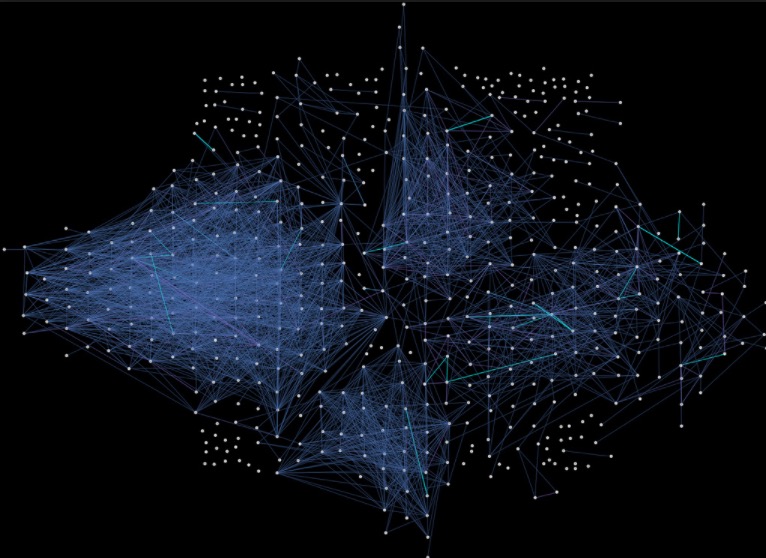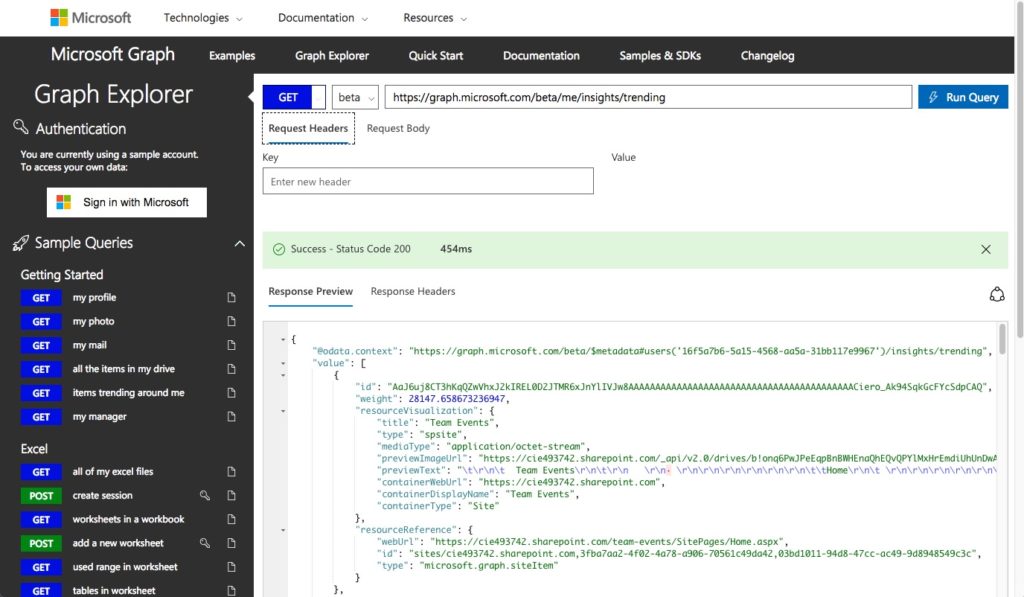
Graphs are fascinating. They represent the power of connection and intelligence. I’ve been following Microsoft Graph development for some time. Catch up on my earlier blog post here – Graph Technologies will empower future model of enterprise platforms.
Recent news about Microsoft makeover of mobile apps caught my attention and made me think again about Microsoft Graph service. TechCrunch article – Outlook’s mobile makeover includes a much smarter search, powered by Microsoft Graph speaks about how Graph services can improve user experience and provide much more powerful way to slice and navigate between islands of data. Here is an interesting passage:
Microsoft Graph, the company’s technology used to make productivity applications smarter, is being used to turn Outlook’s search feature into a tool that can surface more than just emails – it will be augmented to include things like contacts, attachments, flight and travel itineraries, package deliveries and more.
It is also interesting to see how Graphs are used in combination with search.
Search is also becoming a more central part of the experience in the new version of Outlook, Microsoft notes. In fact, when you tap into search it won’t be a blank screen, but will include proactive suggestions of your top contacts and recent files, as well as showcase things happening ‘today,’ like your travel plans – all before you even kick off your search.
If you’re not familiar with Microsoft Graph project, take a look here – Microsoft Graph Project. As you can see from the picture below, the idea of graph to connects multiple islands of data – users ,calendars, messages, meetings, Excels, etc.

If you want to get your hands dirty with some code, I recommend you to try Graph Explorer, which gives you REST end points to try different functions with test account.

Microsoft Graph service and Outlook app improvement made me think about one of my recent blogs related to PLM user experience. PLM experience is not done yet. And PLM vendors are spending significant effort to apply existing data PLM technologies to solve problems of social modeling and collaboration. Track back “social PLM” and you will what I mean. Social layers were built in PLM products, but they never been used because users are working with other applications – Microsoft Outlook is one of them. Google G-suite is probably another one (depends on the size of the company).
To connect existing PLM to Microsoft Graphs and similar online services, PLM vendors can kill two problems: improve user experience and connect to social layer inside of the company.
What is my conclusion? The application architectures are changing. We are moving from 3-tier enterprise software tools to MASA (Mesh App and Service Architecture). Microsoft Graph is a good example of service that PLM developers can use to jump ahead in a game of user experience and social collaboration. Just my thoughts…
Best, Oleg
Want to learn more about PLM? Check out my new PLM Book website.
Disclaimer: I’m co-founder and CEO of openBoM developing cloud based bill of materials and inventory management tool for manufacturing companies, hardware startups and supply chain. My opinion can be unintentionally biased.
Photo credit Paul Irish
The post Microsoft Graph, PLM user experience and social product development appeared first on Beyond PLM (Product Lifecycle Management) Blog.


Be the first to post a comment.